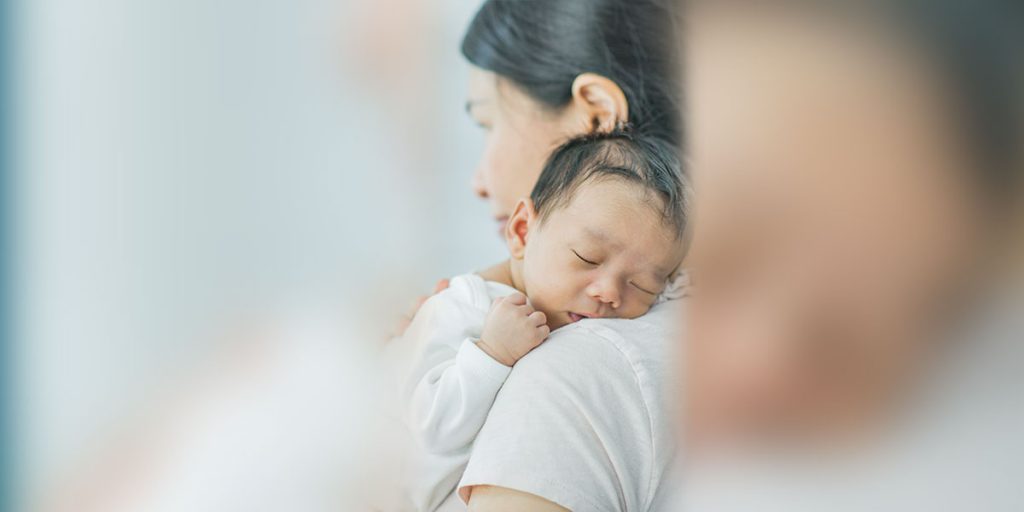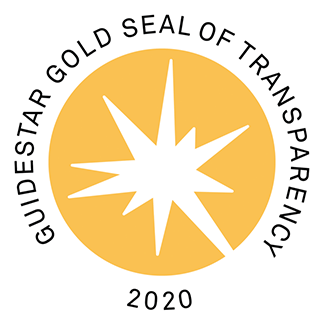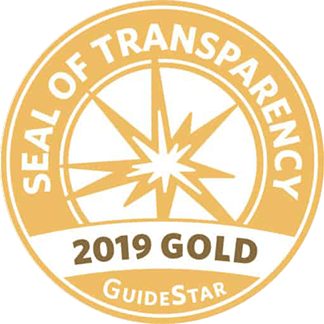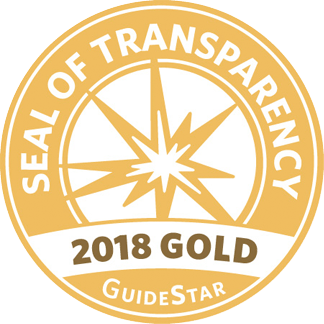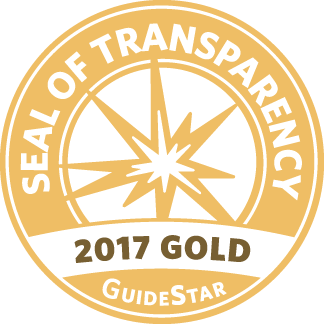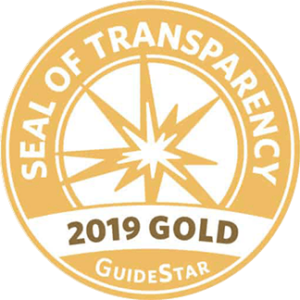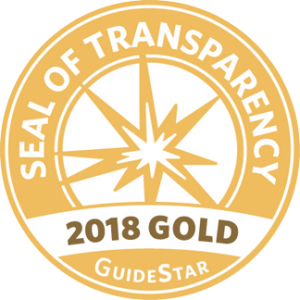Several weeks ago, ABB launched The Working Woman’s Pocket Guide. The guide provides a user-friendly way for women in New York to understand their rights in the workplace, from sexual harassment to equal pay to paid family leave to healthcare coverage, and much more. For the next few weeks, we’re going to bring the guide to you, breaking down each section.
Today, we are spotlighting your right to paid family leave. Everyone should be able to be with the people they love when they need them the most—without risking their economic security. In New York, you have the right to paid family leave that is job-protected time off to bond with a new child, care for a seriously ill or injured family member, or address needs due to a family member’s military deployment.
Am I covered?
If you’re employed in New York State (and don’t work for the government), either full-time or part-time, you’re probably covered under the law, regardless of how many people work for your employer
How much paid family leave can I take?
In 2018, you can take up to eight weeks of family leave. Each year after that, the number of weeks available will be increased until 2021.
What can I use paid family leave for?
You can use the time off to bond with a new child (including adopted and foster children), care for a seriously ill family member, or address certain military family needs.
How much of my paycheck can I get while I am on paid family leave?
In 2018, you will receive half (50%) of your average weekly pay, up to about $650 per week. Each year after that until 2021, you’ll be eligible to receive a greater percentage of your pay while on leave.
When can I take leave to bond with a new child?
You have the right to take bonding leave at any point within the first 12 months following a child’s birth or placement for adoption or foster care.
If your child has two parents, each parent (of any gender) has the right to up to eight weeks of paid family leave.
If I’m taking leave to care for a seriously ill family member, what family members can leave be taken to care for?
You can take paid family leave to care for your child, parent, parent-in-law, spouse (including a same-sex spouse), domestic partner, grandchild, or grandparent when that person has a serious health need. These needs can include a serious physical or mental illness, injury, or condition.
Will my job be protected when I’m on leave?
Yes. You have the right to return either to the same job you had before leave or a comparable job (i.e. comparable in terms of pay, seniority, benefits, shift, location, etc.). If you receive healthcare coverage through your employer, you also have the right to keep your healthcare coverage under its current conditions.
When can I begin taking paid family leave?
If you’ve worked for your employer for at least six months, you can start receiving benefits on January 1, 2018. Otherwise, you may start receiving benefits six months after your start date. If you work less than 20 hours per week, you may need to work for slightly longer (175 days) to qualify.
Paid family leave interacts with a few other workplace leave laws. Below is an explanation of these laws and how they differ from, and interact with, paid family leave.
Temporary Disability Insurance (TDI)
What is it and how is it different from paid family leave?
TDI gives you the right to partial wage replacement while you are unable to work due to an off-the-job illness or injury, including pregnancy-related disabilities and recovery from childbirth.
If you gave birth, you may be eligible for both TDI to recover from childbirth and paid family leave to bond with your new child. You cannot receive both benefits at the same time but if you are eligible for both TDI and paid family leave, you can choose how to combine these benefits.
- For example, you could take 6 weeks of TDI to recover from childbirth and then take 8 weeks of paid family leave to bond with your new child.
- Alternatively, you could also choose to take paid family leave immediately following childbirth.
It is important to note that TDI does not include job protection and does not protect your healthcare coverage. However, you may still have rights under other laws such as the Family and Medical Leave Act or the pregnancy accommodation law.
Unlike paid family leave, TDI benefits are capped at a maximum of $170 per week.
The Family and Medical Leave Act
To learn more about how paid family leave interacts with the Family and Medical Leave Act, click here.
Earned Sick Time
To learn more about how paid family leave interacts with earned sick time, click here.
A couple additional notes:
- These laws apply to you regardless of your immigration or citizenship status.
- The information listed in this section does not constitute legal advice. It is always advisable to consult with an attorney about your individual circumstances if you have questions or think your rights as a worker have been violated.

